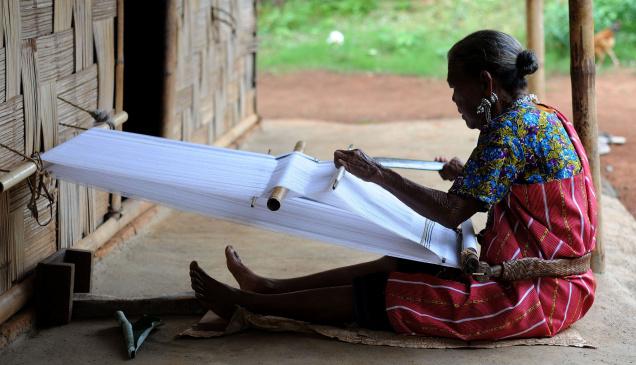7667766266
enquiry@shankarias.in
Women of India Organic Festival
Kumbh Mela
Loin Looming of Nagaland

Lake Urima

Source: PIB, The Hindu